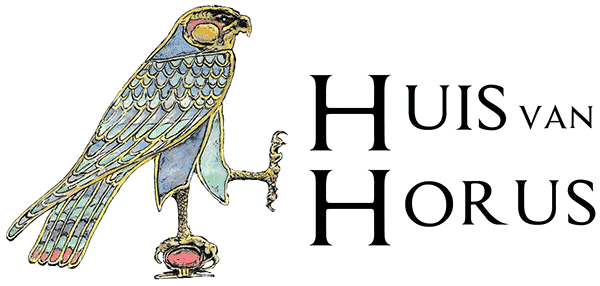
Online Lezing
Jaume Vilaró Fabregat (PhD kandidaat)
15 november 2022
19:30 - 20:30 uur
Online (Zoom)
€2,50 voor donateurs
€5- voor niet-donateurs
De lezing zal in het ENGELS worden gegeven.
Studenten kunnen zich aanmelden via info@huisvanhorus.nl.
Graag bewijs van inschrijving meesturen.
The yellow coffins of the Twenty-First Dynasty stand out for their iconography, which feature a deep and complex meaning that is enhanced by the associated textual inscriptions. Both texts and iconography reflect the complex interactions between ritual needs, funeral beliefs and socioeconomic factors specific to the period, in which the private use of tombs gave way to the collective use of tombs.
An overview of these objects will be presented in the first part of the talk, emphasizing the individual decorators of the materials. By identifying and comparing the different patterns exhibited on the coffins, one can identify workshops and even individual craftspeople involved in the decoration of the funerary artifacts.
The second part of the talk will explore the case study of the collective tomb of Bab el-Gasus. Particular consideration will be given to its discovery, dispersion of its objects, recent studies of its materials, and contemporary challenges facing researchers studying the tomb. These themes are discussed from a multidisciplinary approach, aimed at the technical and material aspects of the yellow coffins, especially those related to the international Vatican Coffin Project.
Jaume Vilaró Fabregat is a fourth-year PhD candidate in Egyptology (Scuola Superiore Meridionale, Naples). Before embarking on his PhD, Jaume completed research internships at the Egyptian collections of the Musée du Louvre (Paris), the Museo Egizio (Turin) and the Musei Vaticani (Vatican City). He is currently a member of the Vatican Coffin Project, an international project dedicated to the study of the yellow coffins produced during the Twenty-First Dynasty.
Nederlands
De gele doodskisten van de 21e dynastie vallen op door hun iconografie, gekenmerkt door diepere betekenislagen, versterkt door complexe tekstuele inscripties. Zowel de teksten als iconografie reflecteren de interactie tussen rituele behoeften, funeraire wensen en socio-economische factoren van de betreffende periode, waarin privégebruik van graven plaatsmaakt voor een collectief gebruik van graven.
Een overzicht van deze kisten zal worden gegeven in het eerste deel van de lezing, waarbij wordt gefocust op de individuele decorateurs. Door het onderscheiden en vergelijken van de verschillende patronen op de doodskisten, kunnen werkplaatsen en specifieke ambachtslieden die waren betrokken bij het vervaardigingsproces, worden geïdentificeerd.
Het tweede deel van de lezing zal focussen op het collectieve graf van Bab el-Gasus. Aandacht zal worden besteed aan de ontdekking ervan, de verspreiding van de gevonden objecten, recente studies over de materialen en huidige uitdagingen die de onderzoekers moeten aangaan om het graf te bestuderen. Deze thema’s worden belicht vanuit een multidisciplinaire invalshoek, gericht op de technische en materiële aspecten van de gele kisten, met name die gerelateerd zijn aan het internationale Vatican Coffin Project.
Jaume Vilaró Fabregat is een vierdejaars PhD kandidaat in egyptologie (Scuola Superiore Meridionale, Napels). Voordat hij begon aan zijn PhD, heeft Jaume onderzoeksstages in de Egyptische collecties van het Louvre Museum (Parijs), Museo Egizio (Turijn), en Musei Vaticani (Vaticaanstad) voltooid. Momenteel maakt hij deel uit van het Vatican Coffin Project, een internationaal project toegewijd aan de studie van gele doodskisten geproduceerd in de 21e dynastie.
